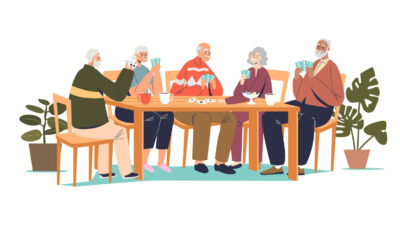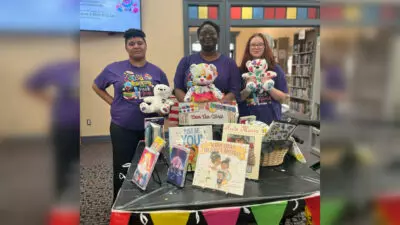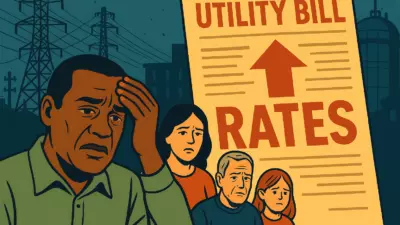The word “senior center” can be misleading — some people may think of places where older people just go to get some kind of assistance.

But senior centers have so much more to offer aging adults, including meals, socializing activities, and fitness opportunities, says Dr. Shannah Tharp-Gilliam, deputy director of the Allegheny County Area Agency on Aging in the Allegheny County Department of Human Services. This engagement and enjoyment are two of the keys to staying emotionally healthy and aging gracefully in the golden years, she says.
“The term ‘senior centers’ doesn’t sound that interesting, but … people are having fun,” Tharp-Gilliam says.
“The senior centers are definitely not novel and new, but a lot of people don’t know about them,” she says.
In Allegheny County, which encompasses the core part of Greater Pittsburgh, there are 44 senior centers, and some of them are bustling, Tharp-Gilliam says.
“Social isolation has been a real problem leading to depression and to all types of physical ailments that are psychosocial. We are social beings.” — Dr. Shannah Tharp-Gilliam
Visitors often play cards and are especially fond of bingo. They eat meals together, play pool, take computer classes, do line dancing, enjoy knitting circles, and do other fun activities. Most activities are either free or low-cost.
It isn’t just people in their 70s, 80s and 90s who go to senior centers. Many people in their 60s and even 50s spend time there, and they have formed a sense of community that is so important for well-being as people age, Tharp-Gilliam says.
“We know that social isolation, particularly during the pandemic and even post-pandemic — for a lot of our seniors, they just haven’t come back to types of engagement they were having before,” says Tharp-Gilliam, who has a doctoral degree in developmental psychology with certification in program evaluation and public policy.
“Social isolation has been a real problem leading to depression and to all types of physical ailments that are psychosocial,” she says. “We are social beings.”
Unlike at places that cater to the general population, you won’t encounter any ageism at senior centers, Tharp-Gilliam says. People feel like they fit in there.
“You know going to the senior center that you’re welcome there, and you have friends, and you have peers,” she says.
Along with having social relationships and that sense of community, people of retirement age should stay active and continue using their skills from their working years in a different way, Tharp-Gilliam says.
Perhaps they can do volunteer work related to their former profession. This helps keep minds sharp and engaged.
“One of the big mistakes people make when they retire is, they feel like they’re just supposed to sit and rest because they’ve been working all of these decades,” she says. “The challenge with this is, when you don’t use it, you lose it.”
Picking up hobbies is another way to stay sharp, fill time, and bring joy [to older people], Tharp-Gilliam says. People might take up pickleball or yoga, for example, or they can enjoy making crafts, like Christmas ornaments, at senior centers.
“One of the approaches that senior centers use is, they ask people what it is they are interested in,” she says. “They provide a venue for those things.”







